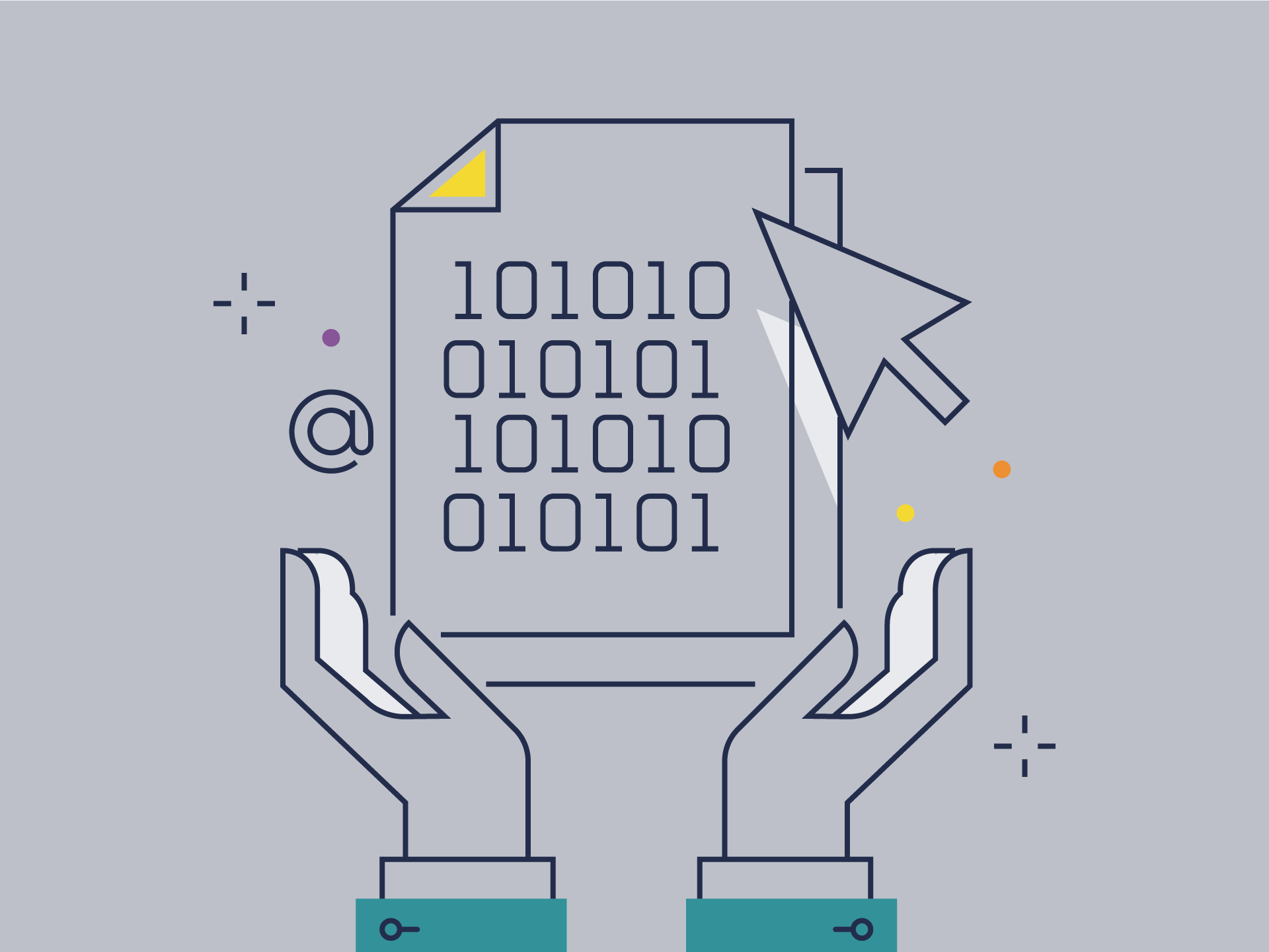

 Article
Article

The Wireless Access for Health initiative uses computing and mobile technology to improve public health care delivery for millions of people in the Philippines. It’s an example of a public-private partnership that makes strategic use of business’ ability to innovate and scale with the public sector’s understanding of the underserved.
Harder’s research interests encompass leadership, organizational change and reward systems.
We’re in a new era in the history of business. The old bureaucratic-machine paradigm isn’t enough for success anymore, and today’s fast-changing economy requires a new framework for the workplace. Here’s what to do to balance changing workplace culture and maintain productivity so organizations and their people can thrive.

We are on the leading edge of a Technology Tsunami that will transform how we live and work. In the workplace, humans will need to do the tasks smart technology won’t do well. How do individuals overcome natural cognitive and emotional proclivities in order to excel in uniquely human ways? And what work environment best enables human excellence?
The proliferation of high frequency and algorithmic trading began in the late 1990s, ushering in a revolution in equity market microstructure. In a world where small nuances create multibillion dollar opportunities, new markets and market structures are emerging to ensure the playing field remains level.
An expert in equity market trading and institutional investing, Lipson focuses his research on market microstructure — the study of how market design and organization affect price formation and liquidity.
Professor Tomio looks at how bond purchases by the European Central Bank created a large mispricing between the market for German and Italian government bonds and their respective futures contracts.
Tomio’s research focuses on market liquidity, derivative instruments and the consequences of central bank interventions.
Ambitious and polarizing, the Green New Deal brought the climate discussion back to the fore of government debate. But federal policy is not the only driver of impact on this crucial challenge.
Companies use voting to engage customers and create buzz. The practice can spark innovation, lower product development costs and increase speed to market. But this kind of engagement can also lead to consumer expectations … and the British public voting to name a $280 million ship “Boaty McBoatface.” How can savvy organizations avoid this trap?